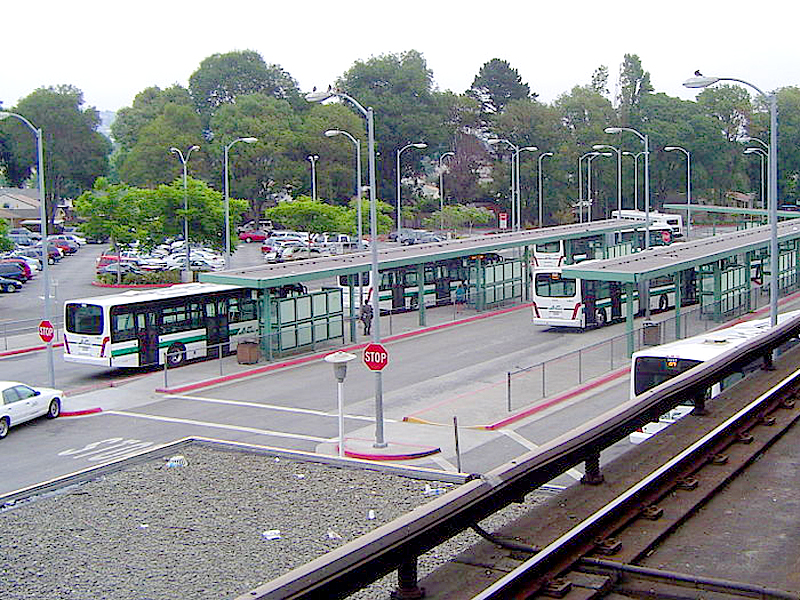According to the Center for Transit-Oriented Development, a national nonprofit, the demand for housing in areas served by public transit is expected to more than double by 2030. In many transit-rich regions, the rising demand is driving up land and housing costs, making it increasingly difficult to develop and maintain affordable housing for low-income families. To promote equitable transit-oriented developments (TOD) with diverse housing options, some communities are turning to TOD acquisition funds. These funds help developers acquire and/or hold land near transit facilities to build affordable housing. Most recently, a public-private partnership in the San Francisco Bay Area has led to the creation of the Bay Area Transit-Oriented Affordable Housing Fund — a $50 million revolving loan fund to finance land acquisition along bus and rail lines in the region.
 Bay Area Transit-Oriented Affordable Housing Fund Bay Area Transit-Oriented Affordable Housing Fund
The Bay Area fund is the result of a partnership between the Great Communities Collaborative (a coalition of 24 Bay Area nonprofits), the Metropolitan Transportation Commission (MTC), the San Francisco Bay Area regional transportation planning agency (or Metropolitan Planning Organization), and various private and community development financial institutions. In March 2011, MTC launched the fund with a $10 million anchor commitment as part of its Transportation for Livable Communities Program. Morgan Stanley and Citi Community Capital provided $25 million and the rest of the contributions originated from nonprofit organizations and community development financial institutions (CDFIs). The 10-year fund will be managed by the Low Income Investment Fund, one of the six contributing CDFIs.
Through the Transportation for Livable Communities Program, MTC provides funding to promote vibrant, community-based transit-oriented projects in Priority Development Areas (PDAs) — sites of at least 100-acres in size that allow for infill development opportunities near existing or planned transit. Loans made from the Bay Area Fund can be used by developers to acquire land within the nine-county region in areas designated as PDAs by the MTC and the Association of Bay Area Governments. The sites must also be located within one-half mile of transit facilities. Affordable rental and ownership housing, mixed-use projects, and community facilities are all considered eligible development projects under the fund’s terms.
A 150-unit affordable housing development in the city of San Francisco is the first project to receive assistance from the Bay Area Fund. Loan money from the fund will finance the acquisition of the project site, which is currently a 22,000 square foot parking lot. The proposed project, being developed by the Tenderloin Neighborhood Development Corporation, will include 30 units to house the homeless and retail facilities on the ground floor.
Conclusion
“This fund will jumpstart communities’ ability to create projects in transit-rich locations where they can serve the most vulnerable Californians,” said Brigitt Jandreau-Smith, chief lending officer at Corporation for Supportive Housing, one of the loan fund originators. MTC estimates that the fund can finance acquisition of 20 to 30 acres of land, which, depending on density allowances, can be developed to result in 1,100 to 3,800 affordable housing units.
Next Search Archive
|


